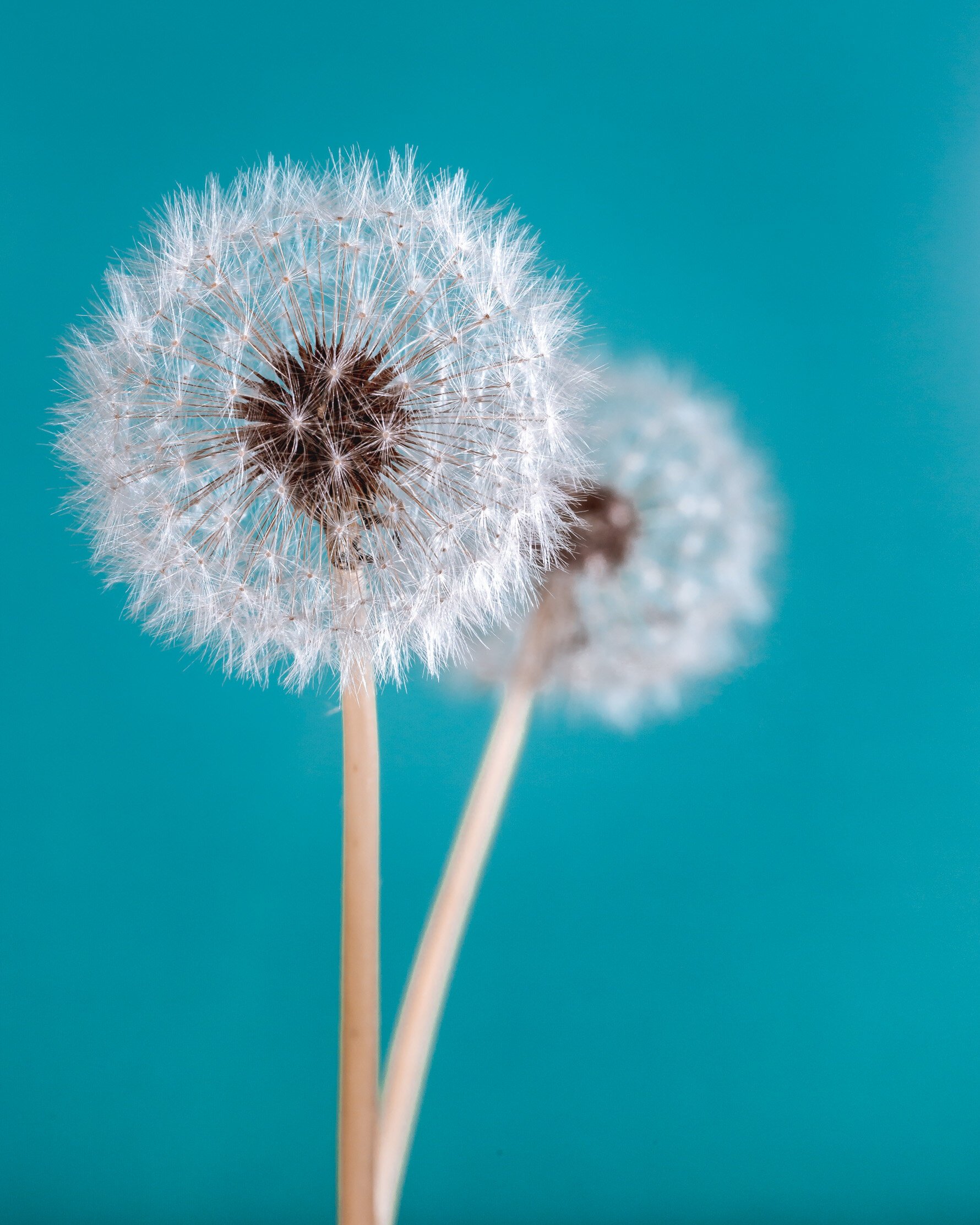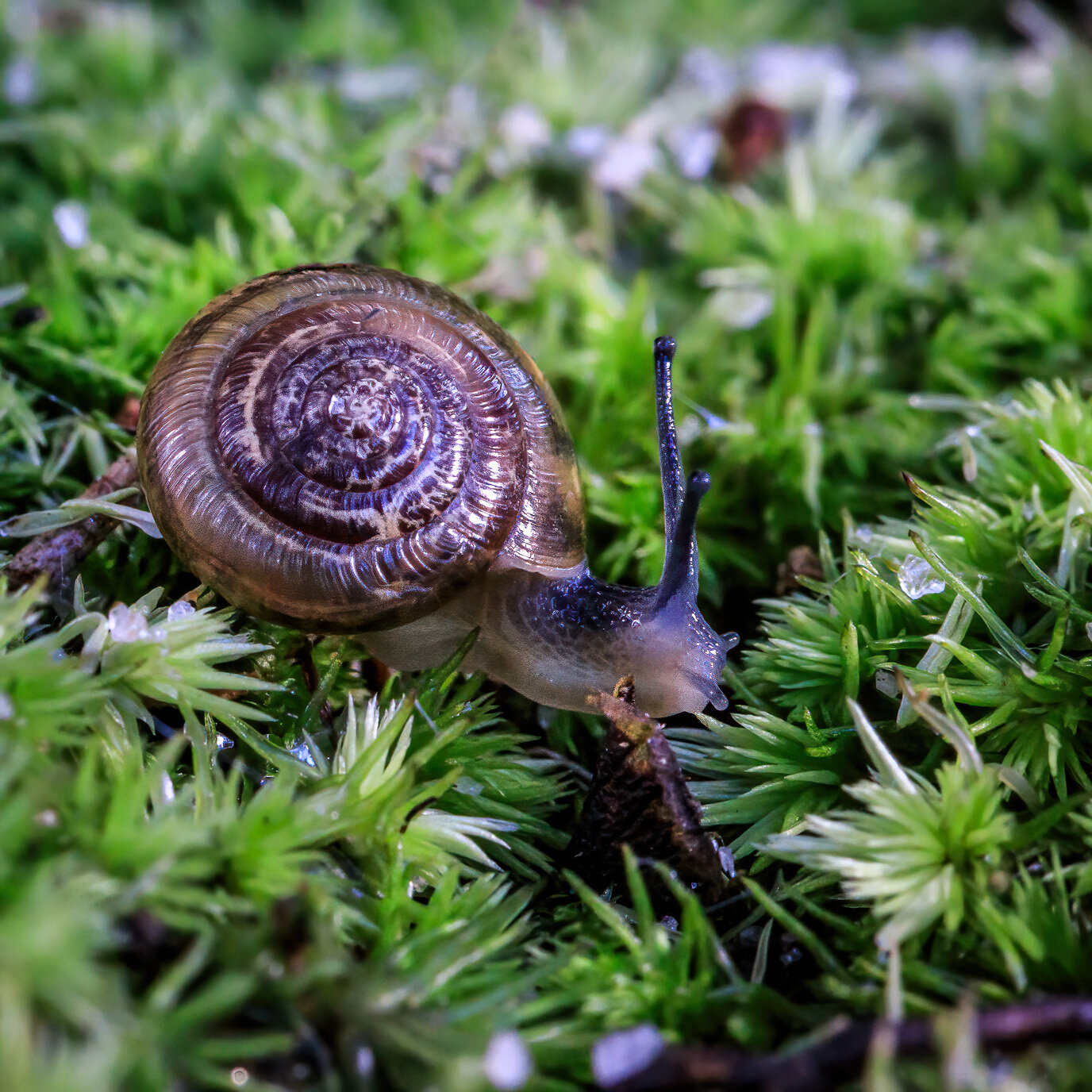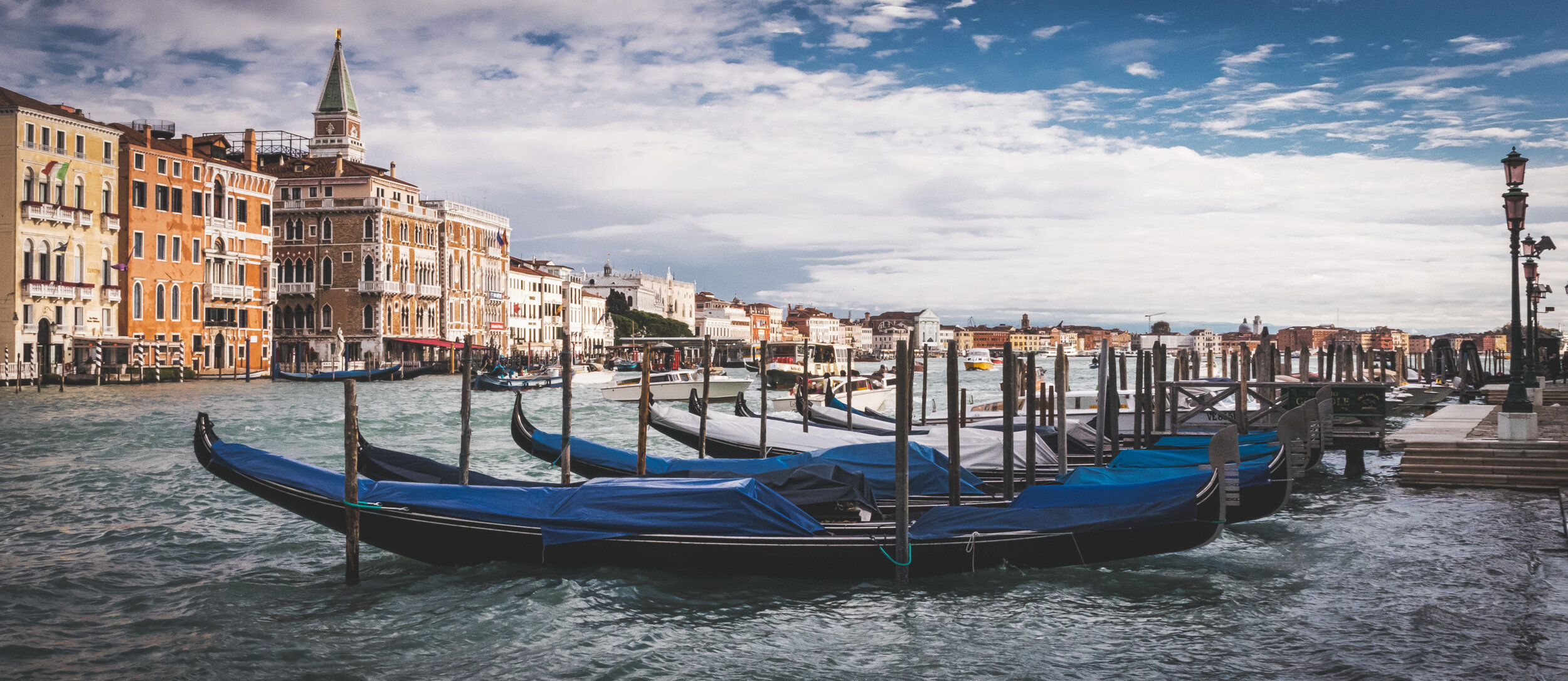Becoming a Better Photographer
Sometimes you have to put yourself out there to get the shot. Photo by Marc Rosamond
Whether you are just starting out in photography or are a seasoned professional, one thing is almost guaranteed: You want your photographs to improve. Below are a few tips that will hopefully help you become a better photographer and improve the quality of your images.
Answer important questions
The number one thing you can do to improve your photography skills is, of course to take photos. Lots and lots of photos. Take them as often as you can and of anything you find interesting. Different types of photography require different skills and techniques, so the more you can shoot the genre of photography that you want to improve in, the stronger your skills will be. Focusing on a specific genre can be difficult if, like me, you are interested in multiple types of photography. I have a strong preference for nature photography, but I also have a budding interest in street and travel photography. So how do you choose? Well, this depends ultimately on your personal goals. Do you just want to take pictures as a hobby because you find it enjoyable and have no plans/interest in a photography career? Then I say shoot whatever keeps you shooting! If, however, you are thinking you might like to become a professional, then you are probably going to want to hone your skills in a particular genre or even sub-genre.
That takes care of how much and what you should shoot, but that by itself isn’t going to be enough to make you a better photographer. There are other questions that you will need to answer.
What gear do you need and what camera settings should you use (shutter speed, aperture, ISO, etc.)?
Why are you photographing your chosen subject? Why would other people find value in your photograph?
When is the best time to photograph your subject? This is especially important if you are shooting outside where you have little to no control over things like light and the weather. For example, if you are shooting landscapes, dawn and dusk are probably going to yield better results.
It is important to experiment with shooting a location at different times of day, different weather conditions, and different seasons. Just because you have previously shot a location doesn’t mean that you shouldn’t go back and shoot it over and over. Your image will be different every time and the more familiar you are with your subject, the better your photographs will be. For example, if shooting macro insect photography is your thing, knowing that these critters are less active in the cooler morning and evening hours can help increase your chances of getting your subject in sharp focus as they will be moving more slowly than in the heat of the day.
A European Hornet warms up in the sun.
Know your gear
These days cameras can be a bit intimidating for the technologically challenged. However, I can’t stress enough how important it is to be comfortable knowing how to operate your photography gear. I would say that really knowing how to use the gear you have is more important than what gear you have. One of the first things I do when I get a new piece of gear, especially a camera, is to search YouTube for tutorials that explain the features of the camera and how to find what I need in the seemingly endless menus.
I have my camera (or other gear) in hand while watching the video, so that I can follow along and try everything out.
The more you use your gear, the more comfortable you will become with it. If you haven’t been shooting in awhile, give yourself a quick refresher before going out into the field so that you don’t waste time trying to remember which dial changes your aperture or which menu screen brightness is under.
Use available resources
When I first started my photography journey, the only resources I had access to were books. Then in college I took a couple of beginner photography courses as electives. Later I joined a photography club (shout out to www.cnpa.org) and participated in outings with more experienced photographers who were happy to share their knowledge. Now, although I continue to read photography books and am still a member of CNPA, my go to resource is the Internet. I read blog posts by other photographers, subscribe to their YouTube channels, participate in webinars, and even occasionally pay for an online photography course. If money is tight don’t worry. Most of the resources I use are free. I have also recently been trying out a few mobile photography apps that offer free contests and challenges. I will link to some of the web and mobile resources I use below.
Expose your work to criticism
It isn’t always easy to hear what you are doing wrong, but with out this you will never move forward with your photography. Try to keep in mind that constructive criticism isn’t personal and is offered to help you improve, not hurt you pride or feelings. There are multiple avenues you can choose to put external eyes on your work, some better than others. You may be thinking, well I already post my photos on Facebook or Instagram and I always get lots of likes or nice comments. In my experience, these venues are not good for gauging the quality of your work. The people commenting or liking your photos are most likely people that know you and either don’t want to hurt your feelings, want you to leave them a comment or like, and know nothing about photography. These sites are only good for two things: marketing and boosting your ego. You aren’t going to improve by showing your work to people who know less than you do. You need to get your photos in front of people who know more. More about lighting, more about composition, more about post processing, more about the technical aspects that make a great image.
There are several ways to do this. You can participate in sites that offer image critiques. Many professional photographers on YouTube occasionally ask for submissions from their audience and then do live critiques. Some pro photographers offer one-on-one critiques or editing sessions for a fee. You can enter your images into contests and see how you fare. Lastly, you can give stock photography a try and see which of your images get accepted and which rejected. Most of these sites will give you a reason if your photo is rejected. In my experience so far with stock, most of the sites are looking for technical perfection. This means properly exposed, no noise, sharp images that are well lit and composed.
The first batch of about 5 to 7 photos I submitted to a stock site were rejected. Below are a few rejects.
This was definitely a blow to my ego, but after about a day of feeling sorry for myself, I looked at my photos, I mean really looked with as critical an eye as I could muster, and began to understand that these images weren’t as good as I thought they were. The next batch of images I chose were all accepted. Vindication!
Closing thoughts
You will be more likely to practice your photography and stick with it if it is fun and interesting. So, if you only take away one piece of advice from this post, I hope it is this: shoot whatever keeps you shooting!
Resources I’ve Used
Photographers I subscribe to on YouTube
Software Tuturials
Mobile Apps








